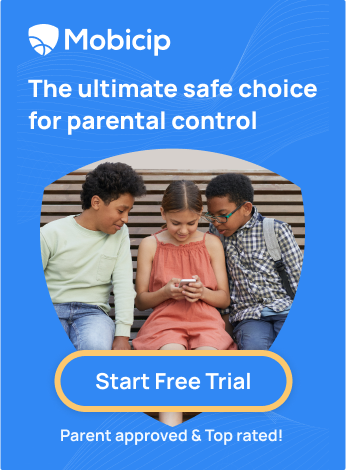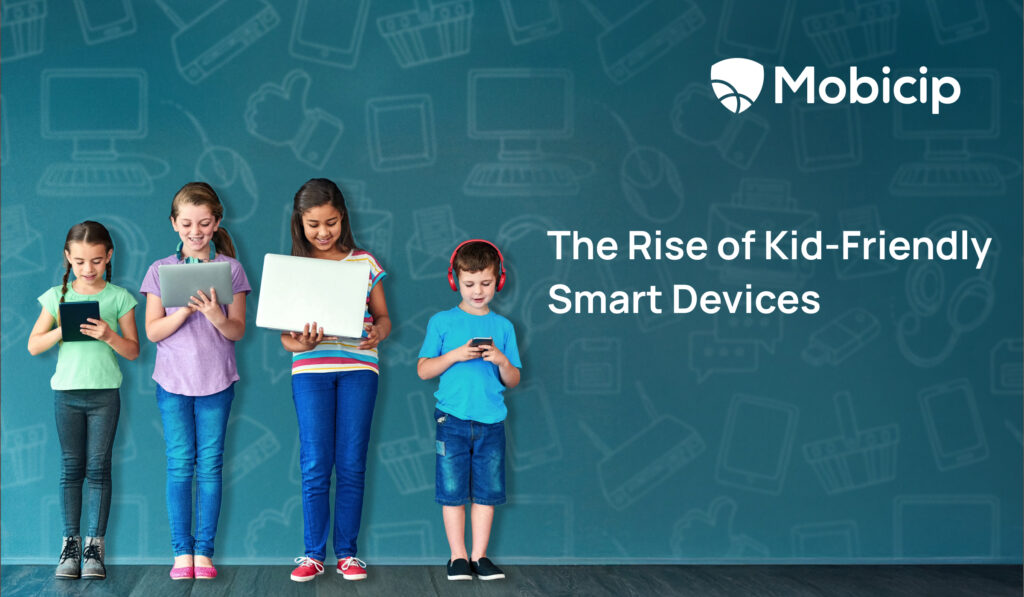Netflix’s Adolescence: What Parents Can Learn
Netflix’s Adolescence isn’t just a show — it’s a reality check for parents everywhere.
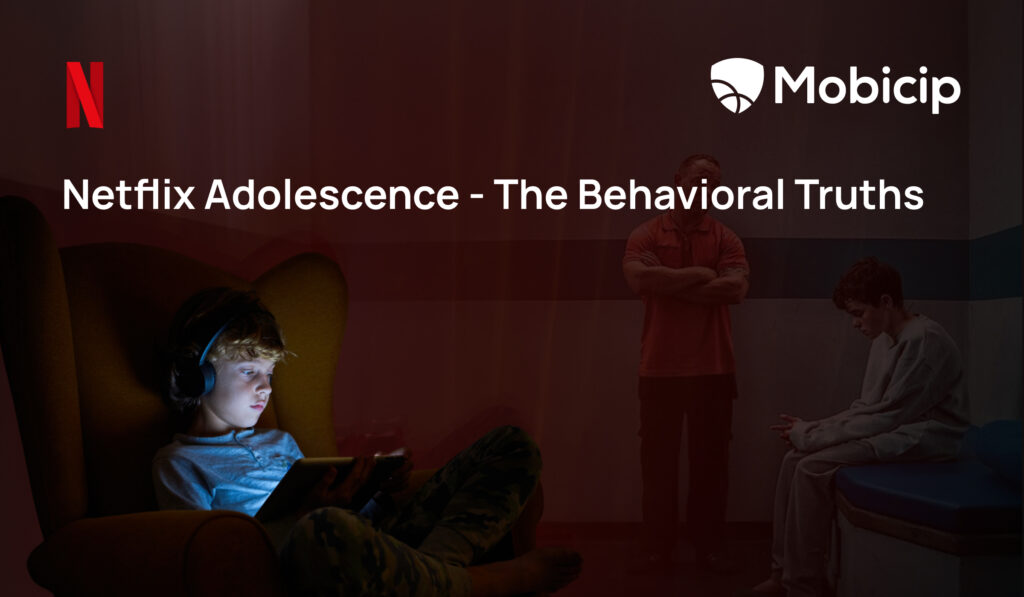
Television shows have quietly shaped our lives for decades. They’ve reflected the way we dress, the slang we use, the places we dream of visiting, and even the values we hold dear. From cheering for heroes to hating villains, from imagining distant worlds to copying hairstyles, TV shows have become cultural companions — shaping not just how we see the world, but often how we see ourselves. Yet, how often do we stop to think about the influence these stories have on our values, choices, and the way we navigate real life?
The Netflix show Adolescence has exploded in popularity because it holds up a mirror to the world of today’s teens — their friendships, fears, and messy digital lives. For parents, it’s been a powerful wake-up call and makes one thing clear: what happens online doesn’t stay online. Digital life shapes real emotions, relationships, and mental health. For this generation, the line between virtual and real is almost invisible — making it important (and challenging) for parents to guide healthy screen habits.
Let’s explore why Adolescence has struck such a chord with teens — and stirred concern among parents — what it tells us about growing up in a digital-first world, and how Mobicip can help families navigate screen time with balance, safety, and connection.
What is Adolescence About?
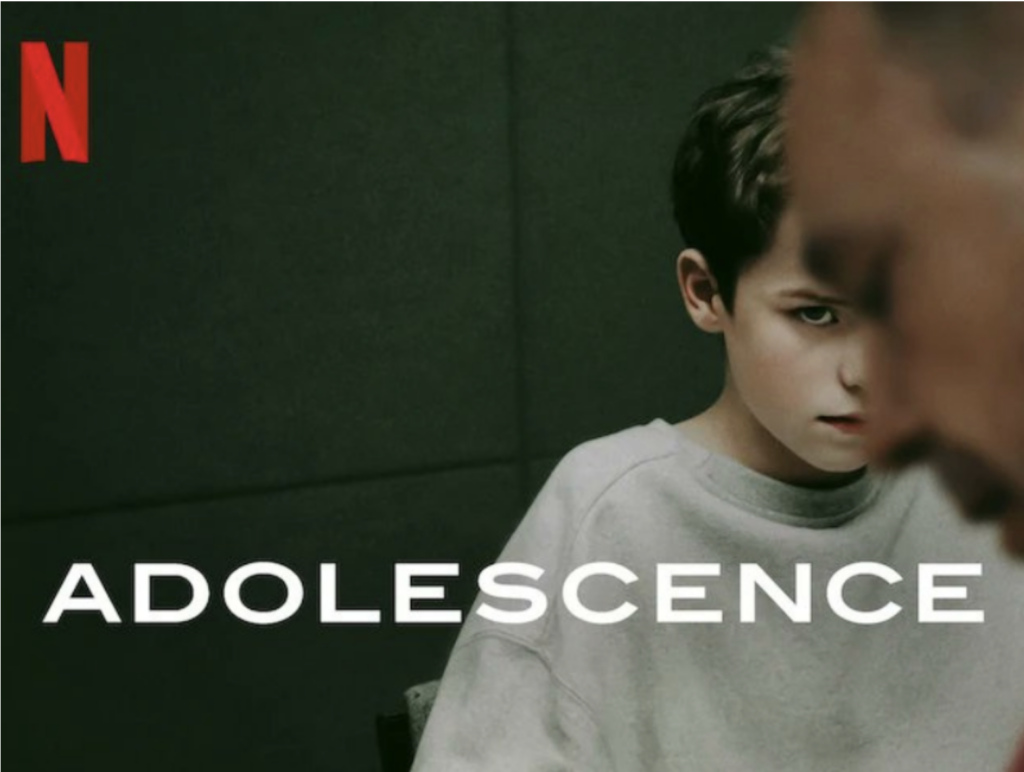
Adolescence is a British television psychological crime drama series that centers on 13-year-old schoolboy Jamie Miller (played by Owen Cooper), who is arrested for the murder of a girl in his school.
No spoilers here — just a look at why Adolescence is such a powerful, unsettling watch, and why it’s sparking vital conversations about growing up today.
At its heart, Adolescence is less about crime and more about what it feels like to be a digital teenager right now — confused, vulnerable, and constantly under pressure, in a world shaped by technology and social media.
Here’s what the show talks about:
Friendships & Betrayal
Teen friendships are intense, emotional, and can change overnight. Adolescence shows how loyalty, jealousy, secrets, and shifting alliances can create both beautiful connections and heartbreaking betrayals.
Exposure to Harmful Content and Beliefs
Adolescence shines light on the darker corners of online culture, including the influence of the manosphere — a world of podcasts, memes, and online figures shaping how some young men see power, identity, and relationships. Such beliefs can lead to erosion of values, delusion, and in extreme cases, lifelong damage.
Social Media & Online Validation
Likes, shares, followers — for many teens, their online presence feels just as real (or more real) than their offline life. The show explores how social media shapes identity and self-worth — and how fragile that can be.
Cyberbullying & Privacy Invasion
From cruel comments to viral rumours, Adolescence shows how online bullying can spill over into real life. It also highlights how easily a teen’s privacy can be invaded — sometimes by strangers, sometimes by their own friends.
Sexting & Risky Online Behaviour
Without being sensational, the show explores how sexting and risky digital behaviour can spiral out of control — especially when kids don’t fully understand the consequences or trust the wrong people.
Parent-Teen Disconnect
Parents in Adolescence are loving but clueless — struggling to keep up with their kids’ online lives or missing warning signs. The show captures that painful gap between adults wanting to protect their kids and teens feeling misunderstood or isolated.
Mental Health & Anxiety
The pressure to fit in, the fear of being judged, the constant noise of social media — Adolescence shines a light on the silent struggles many kids face, including anxiety, loneliness, and emotional distress.
FOMO Culture & The Need to Belong
More than anything, the show captures how desperate teens can be to belong — to be liked, included, and seen. That longing can drive good choices… or very bad ones.
Why Has Adolescence Become So Popular?
A 21-year-old in my family put it best:
“Adolescence doesn’t preach — it just shows things the way they are. No clear villains, no perfect heroes. It feels real, like the messy world we actually live in online.”
That’s exactly what sets Adolescence apart. Unlike other shows that dramatize or oversimplify teenage life, this Netflix series captures the complicated, in-between space where teens actually live — shaped by technology, social media, and constant connection.
Online life isn’t a backdrop here — it is the setting. Texts, stories, viral videos, influencer drama — this is where the action happens, blurring the line between public and private, online and offline.
The show resonates so deeply because it taps into pressures that define modern adolescence:
- Performing perfection on social media
- Feeling lonely despite constant connection
- Comparing their lives to everyone else’s highlight reel
- Watching online drama explode into real-life consequences
- Living with fragile privacy in a screenshot culture
For teens, Adolescence feels like someone finally understands their world. For parents, it’s a window into what that world really looks like.
What Should Parents Take Away From Adolescence?
For many parents, it’s easy to think of online life as something separate — a virtual world that kids dip into before returning to “real life.” But for today’s teens, there is no clear line between online and offline. It’s all real. It all matters.
The group chat is where jokes are shared and friendships are built. An Instagram story is part of their social identity. A comment left on TikTok can feel as powerful as words spoken face-to-face. And yes — an online breakup or argument can sting just as much, if not more, than an in-person one.
When adults brush off online drama as “just screen time” or “not the real world,” teens can feel dismissed and misunderstood. The digital world isn’t just entertainment — it’s where they live a big part of their emotional and social lives.
So, what can parents do?
Shift your mindset
Instead of treating technology as the enemy, recognize it as a tool — sometimes positive, sometimes challenging — but always central to your child’s life. Ask open-ended questions like, “What apps are your friends into these days?” or “Seen anything cool online lately?”
Validate their feelings
If your teen comes to you upset about something that happened online, resist the urge to say, “Just ignore it” or “It’s not a big deal.” Their feelings are real. Respond with empathy: “That sounds hard — I’m glad you told me.”
Balancing Monitoring with Trust
Parental controls and trust aren’t opposites — they’re two sides of the same parenting journey. Think of digital supervision as a sliding scale. Younger kids need more structure and boundaries to learn healthy online habits. Tools like Mobicip can help parents set those early guardrails — whether it’s managing screen time, filtering harmful content, or monitoring activity to ensure safety.
But as children grow, that balance needs to shift. The ultimate goal isn’t lifelong surveillance — it’s raising kids who can navigate the online world responsibly on their own. That means gradually loosening controls while building trust and encouraging accountability.
This balance works best when kids know the rules aren’t about punishment or spying — they’re about protection, guidance, and learning self-discipline. Share the reasons behind your limits. Involve your child in setting boundaries. Be open about when — and why — those limits will change as they grow.
Stay connected to their world
Show genuine interest in their online experiences. Know the platforms they use. Learn the lingo. Watch a few of their favorite creators with them. It tells your teen: “I care about what matters to you.”
Here’s How Mobicip Can Help
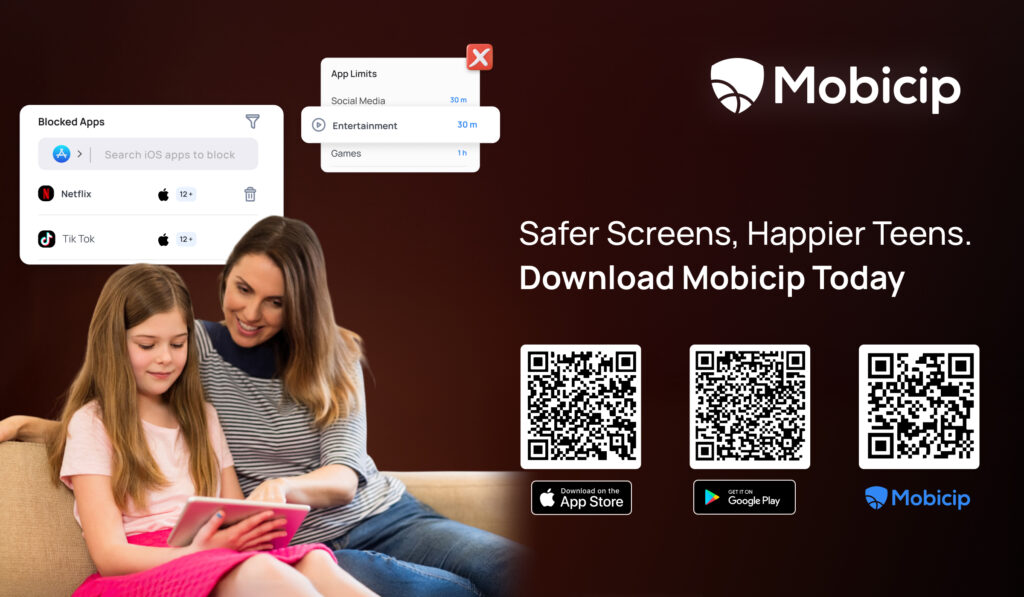
Tools like Mobicip aren’t about spying or shutting kids down — they’re about staying connected, setting healthy guardrails, and creating opportunities for trust to grow.
Mobicip helps parents step into their child’s online world in a thoughtful, balanced way. It’s not about control for control’s sake — it’s about teaching responsibility and creating space for conversation.
Here’s how Mobicip can help:
- Start with structure: Use content filters, screen time schedules, and app controls when kids are younger or new to devices. It’s like training wheels for digital life.
- Move towards flexibility: As kids demonstrate responsibility, gradually loosen restrictions — customize settings, unblock apps, and let them self-regulate within agreed limits.
- Create teachable moments: Mobicip’s activity reports don’t just show usage — they open the door for “Hey, I noticed you spent a lot of time here — how are you feeling about that?” conversations.
- Build transparency, not secrecy: Mobicip encourages parents to talk openly about why boundaries exist, making monitoring feel collaborative, not punitive.
Conclusion
If Adolescence teaches us anything, it’s this — growing up online is a new way of life. Mistakes happen in real time, in very public ways, and sometimes faster than kids can process. A joke gets misread. A post spirals out of control. A private moment becomes painfully public.
In real life, not every misstep will lead to a catastrophe like in the show. But the emotional impact is real. The risks are real. And the lessons are often learned the hard way.
This is why shutting kids down or cutting them off completely rarely works. Teens don’t just need freedom — they need guardrails. They need guidance without judgment. Boundaries without surveillance culture. Most of all, they need parents who are present, listening, and ready to help them navigate their world — both online and off.
Tools like Mobicip can help parents find that balance. Not by locking everything down, but by creating structure while trust is built. By offering visibility without overreach. By giving kids the space to grow — and the safety net to fall back on.
Because in the end, the goal isn’t perfect behavior. It’s the connection. It’s knowing that when life online gets messy — and it will — your child’s first instinct isn’t to hide from you, but to come to you.

